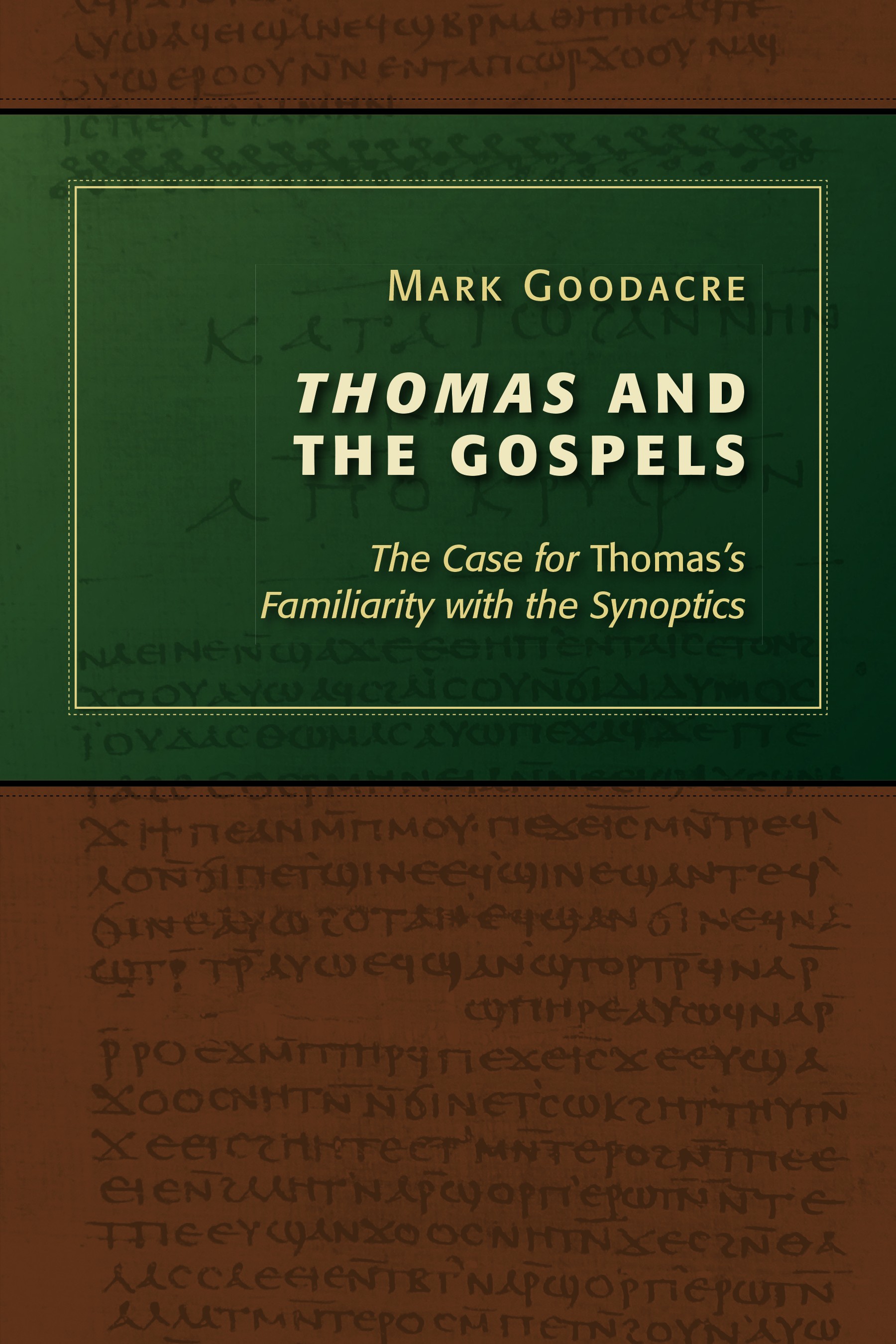More Secret Scriptures 3: The Apocryphal Apocalypses of John
(The latest in a series of posts about little-known Christian Apocrypha that could not be included in my recent book, Secret Scriptures Revealed: A New Introduction to the the Christian Apocrypha, to be released later this month)
The earliest Christian apocalypse is the canonical Book of Revelation ascribed to John. The focus of this text is the end-time battle between cosmic powers of good and evil, with Jesus leading the heavenly host against the forces of Satan and the Beast. With the victory of Jesus, Satan and his minions are thrown into a lake of fire, and the faithful are raised from death to live forever in a new heaven and earth ruled by God. But the story does not end there for John; he is called on again to receive new visions in several other apocalypses in his name.
The Apocalypse of Saint John the Theologian (commonly known as 2 Apocalypse of John), available in Greek and Arabic and perhaps composed in Syria in the fourth century, is written as a supplement to the canonical text with John asking Jesus for additional information, such as a more detailed physical description of the Beast and details about the conditions of life after the second coming. The righteous dead, whether children or senior citizens, will “rise as thirty-year-olds” (10), Jesus says, and physical divisions will be no more: “Just as the bees do not differ one from another, but are all of the same appearance and size, so every …

